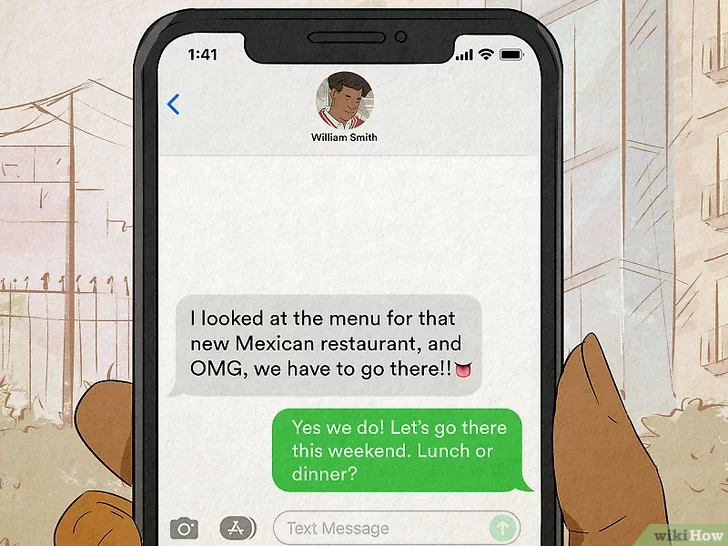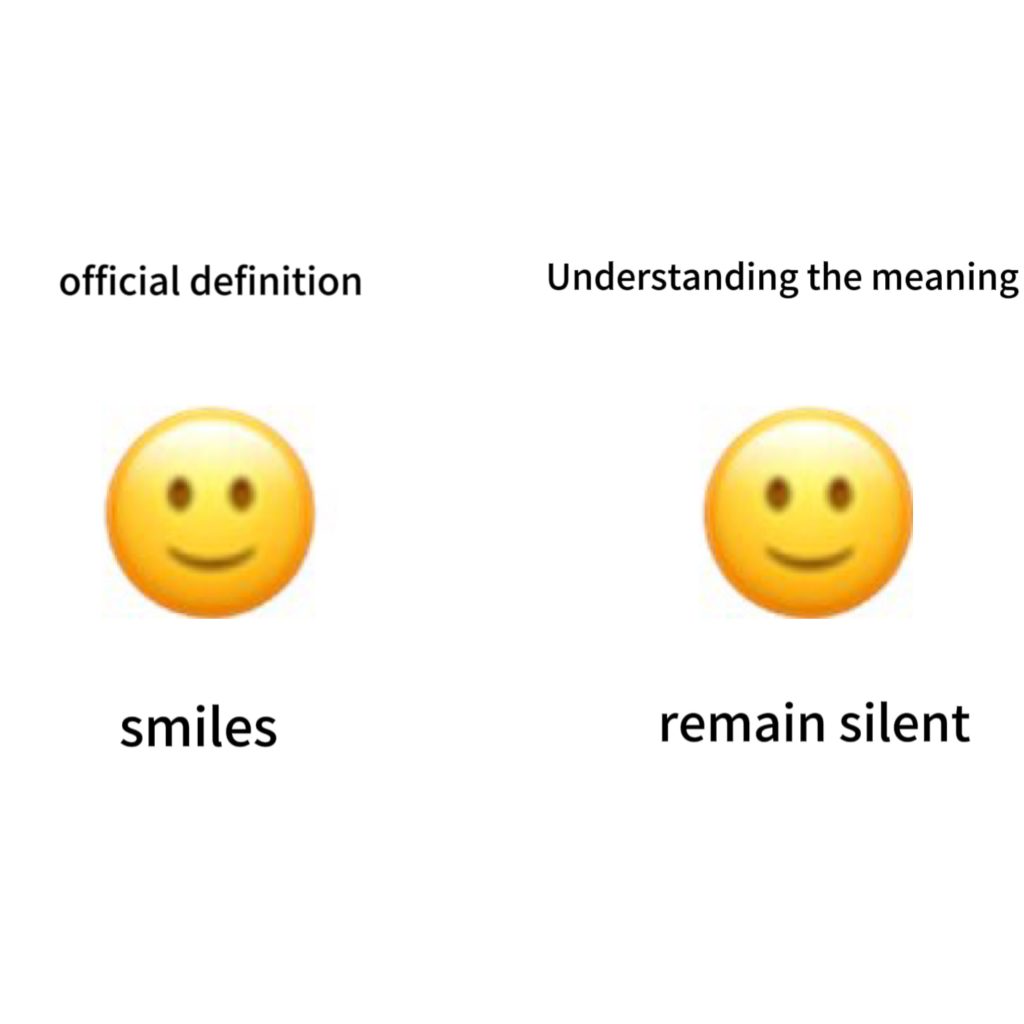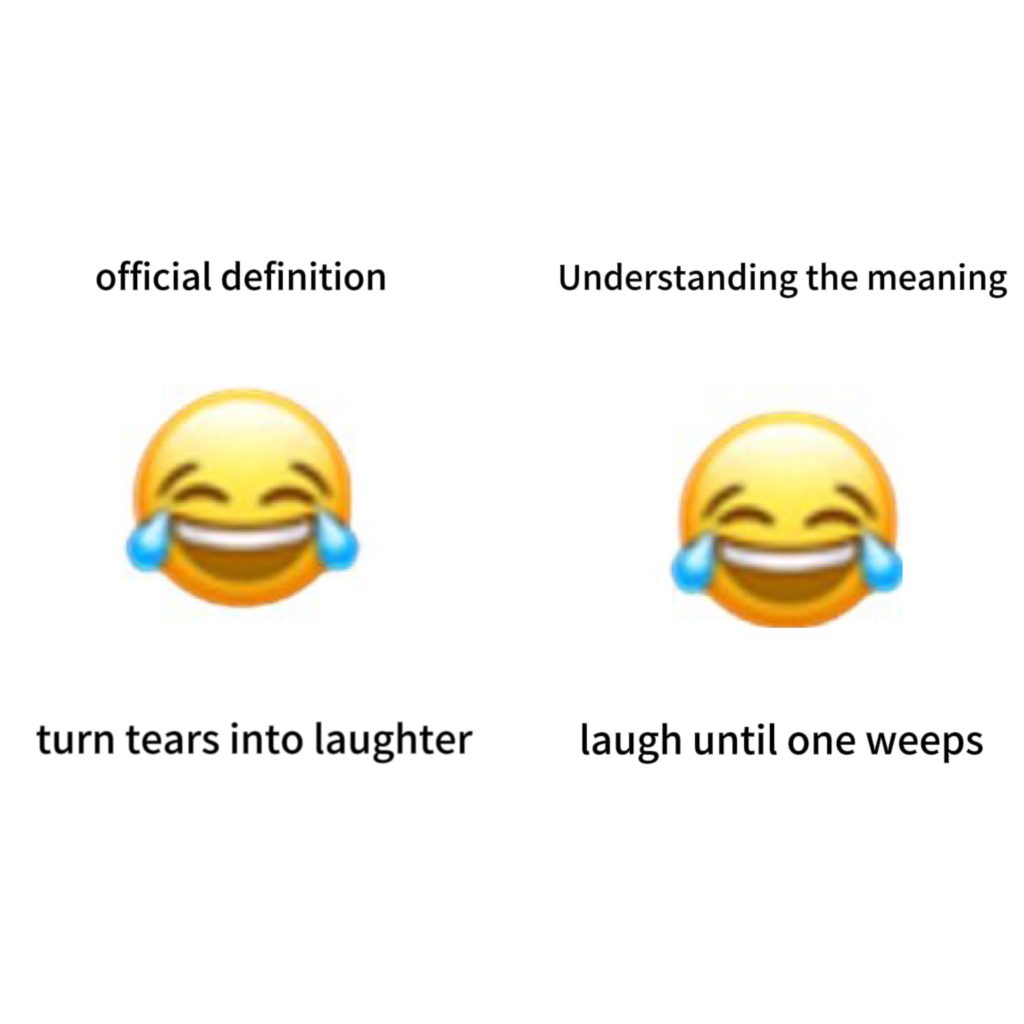Multiple decoding for different audiences
The encoding and decoding model of communication is an argument that was first proposed by Stuart Hall in 1973.In his famous encoding/decoding model the construction of meaning takes place during both the decoding of that message by its recipients or audience.In a mass society audiences are made up of many individuals with different lived experiences of the world, and different priorities and values.They bring all this to bear on how they decode the messages they receive.

Stuart argues that when the audience receives the information from the media, the way in which each one of them decodes it is different from the other. The way in which people decode information is determined by their backgrounds, their way of life, their economic status, and sometimes their experiences in life.Political allegiances, level of familiarity to the subject matter, age, ethnicity, gender, and class are also some of the factors that determine how the audience interprets the information. The different ways in which the message is decoded may end up being different from what was intended by its producer.
The many uses of emojis
Since emoji emoticons have become widely popular around the world, adding emoticons to daily cell phone chats seems to have become an essential part of the conversation, because emoticons can make the text look like it has more emotion and can better express joy, anger, and sadness.
The production and use of emojis is a pair of encoding and decoding. The selection of each element in an emoji, the way different elements are combined with each other, are all encoding processes for the producer. However, due to the differences in thinking styles and cultural backgrounds, different users will have different understandings and imaginations of the same emoji, which is the process of decoding by the receiver.
In the four stages of communication, the audience carries out the use stage, also known as decoding, which is immediately followed by the reproduction stage.In this phase the audience generates new interpretations of meaning and even produces new texts.

- The 👅 (tongue) emoji can convey a playful and joking mood.It’s basically like sticking your tongue out at someone, except you’re doing it over text! Someone who tells a joke or teases you might pair it with the 👅 emoji to show you they’re just playing around—and not trying to genuinely insult you.
- Sometimes, the 👅 (tongue) emoji means “delicious.”Just like you lick your lips at the thought of food, 👅 can be a digital version of expressing hunger or satisfaction after eating. If someone talks about food in a text or shares a photo of their meal on Instagram and captions it with 👅, they’re saying it was tasty.
Reference listÂ
Viviani, I. (2017) Stuart Hall, The Father of Communication and Cultural Studies. Available at https://medium.com/brixenlabs/stuart-hall-7f75ce66a847
Author Carreau.Available at:https://www.wikihow.com/What-Does-the-Tongue-Emoji-Mean
media | machines. (2019, April 26). Encoding/decoding. media | machines. http://mediamachines.org/log/2019/4/26/encodingdecoding




I like your blog very much. I think the dominant meaning is not transmitted through direct meaning, but through implicit and natural coding. Implicit sense of dominance
The symbol of the form is not transparent and will not be simply accepted by the audience. The audience needs to use decoding to gain meaning.
I like the example used of emojis and how they can be decoded differently, I used this in my own blog and it covers the topic quite well. However, even though there’s a lot of good examples being used in this piece, is there any way you could show how the same emoji can be decoded differently by different types of people?